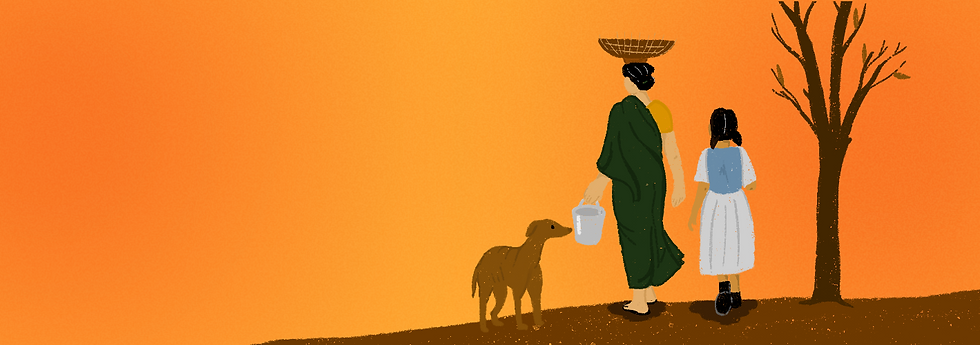

In a small village in Rajasthan lived a young girl named Maya. She belonged to the marginalised community, her family relying on farming for their livelihood.

One summer the heatwaves became unbearable.
The merciless sun beat down on the land drying up the already parched fields causing the crops to wither away.
Water sources dwindled and the villagers struggled to find relief from oppressive heat.

Days turned into weeks and the situation grew dire. Food became scarce. The elderly and the young suffered the most, their frail bodies unable to withstand the rentless heat.
A tragedy struck one day. An elderly villager collapsed from heatstroke and the efforts of the villagers could not save him.
It was a stark reminder of the harsh reality of climate change and its devastating impact on vulnerable communities like them.

Heat waves pose serious threats to health, agriculture, energy, and infrastructure. Up to one fifth (19 per cent) of the global land surface was affected by extreme drought in 2020, leading to a stark rise in food and water shortages.
Today, 37 per cent of heat-related deaths are caused by climate change. They include heat stroke, heart attacks, chronic obstructive pulmonary disease, cardiovascular or respiratory diseases and premature births.
Moreover it leads to increase in transmission of vector born diseases in places where they were typically absent due to increase in temperature. For example, Malaria is shifting towards higher altitudes in Africa and South America.
Dengue cases are now being reported in countries such as Italy, Croatia and Afghanistan.
